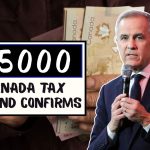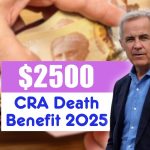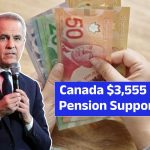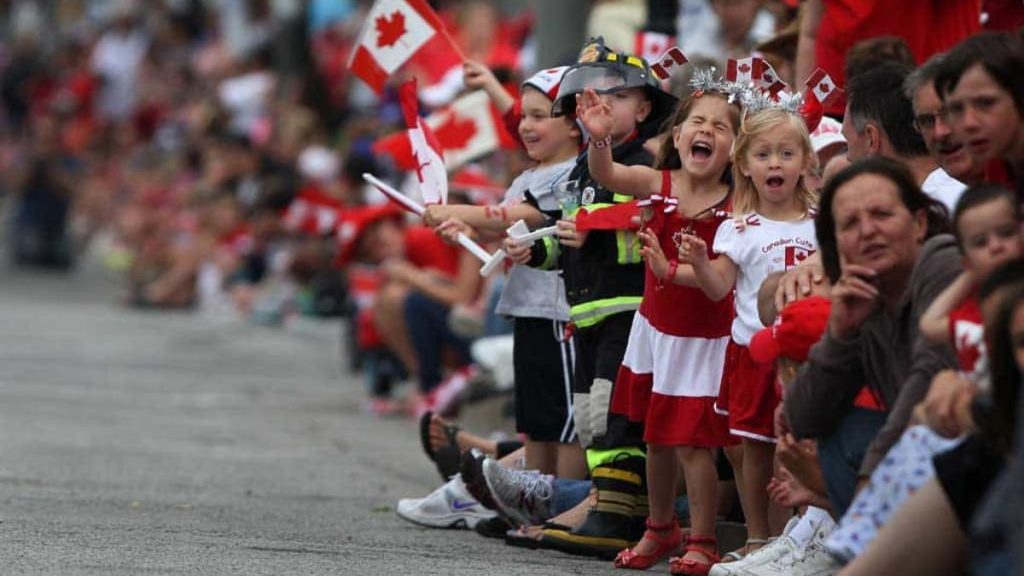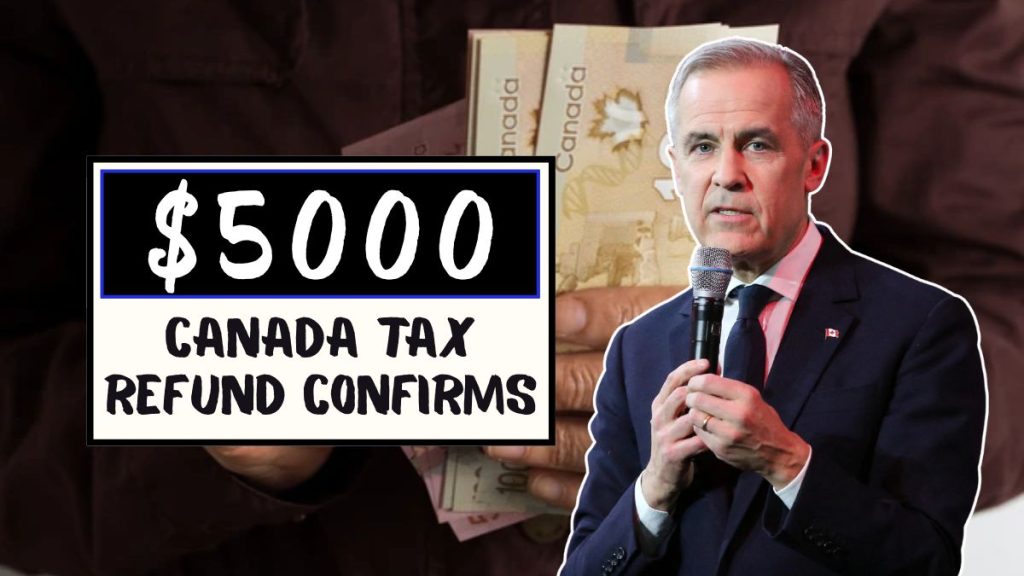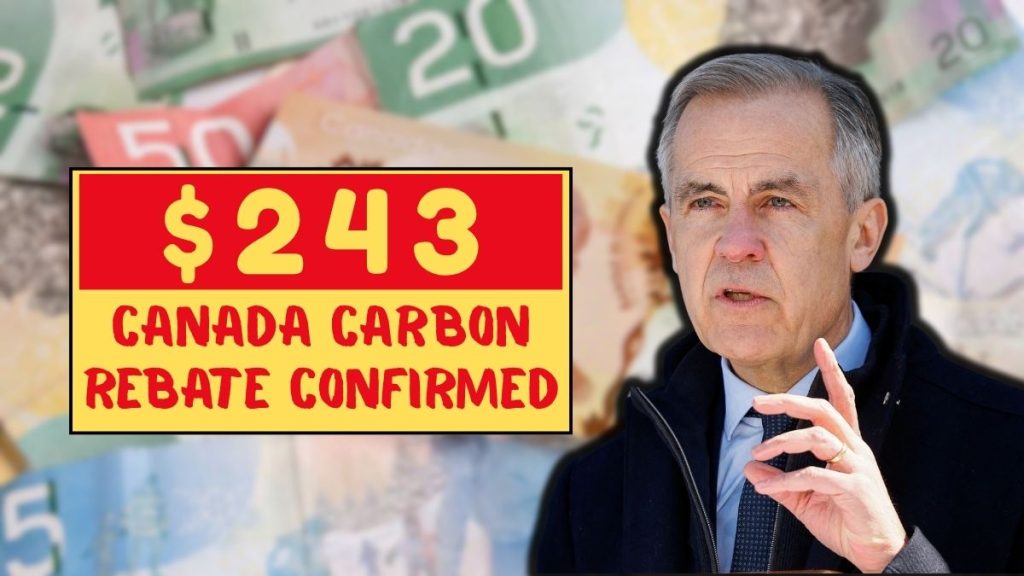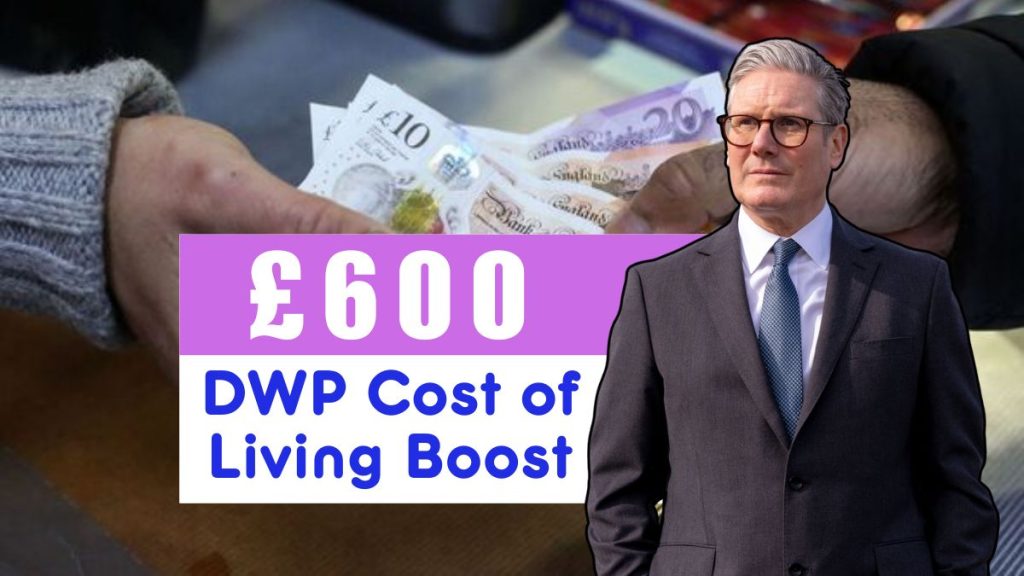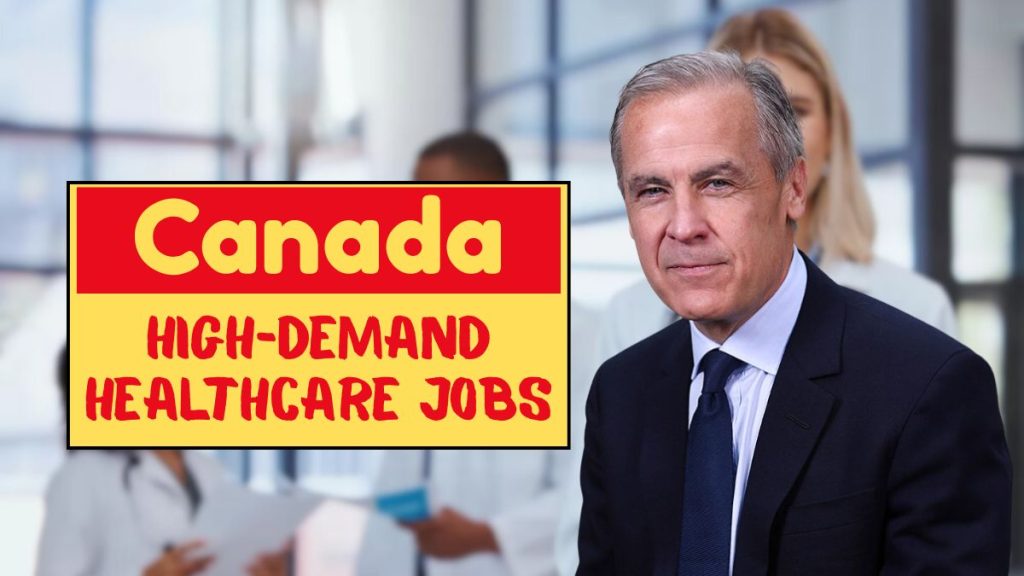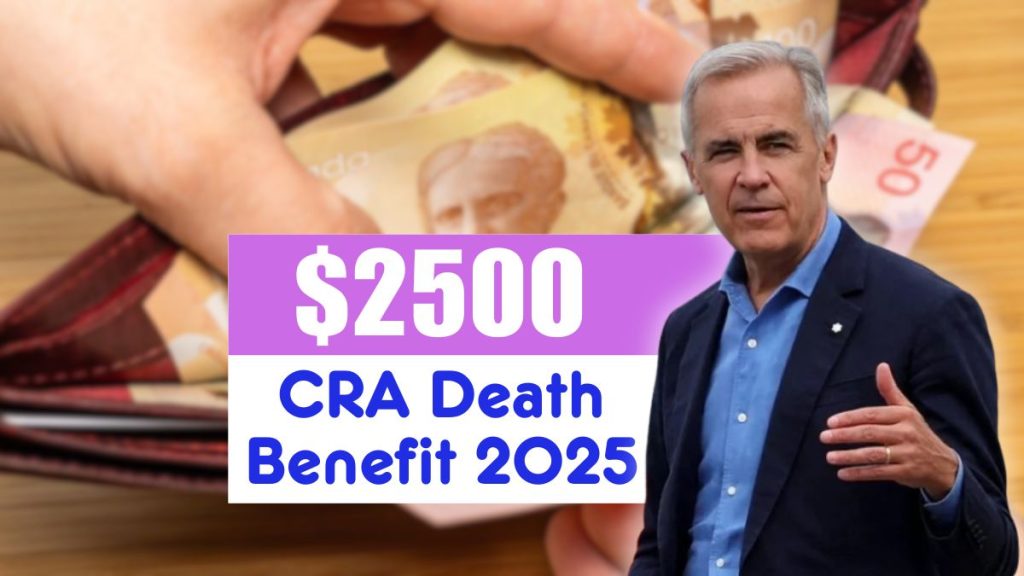The Canada Revenue Agency (CRA) has officially confirmed a new $3,900 one-time payment, marking one of the largest single cash relief measures introduced in recent years. This benefit aims to provide financial relief to millions of Canadians struggling with high inflation, rising housing costs, and the growing expense of everyday essentials.
As living costs continue to climb faster than wages, this new support from the federal government is intended to ease the pressure faced by low- and middle-income families, seniors, and individuals on fixed incomes. The initiative underlines the government’s ongoing commitment to helping vulnerable citizens manage the financial stress of inflation and economic uncertainty.
Why the $3,900 Payment Is Being Introduced
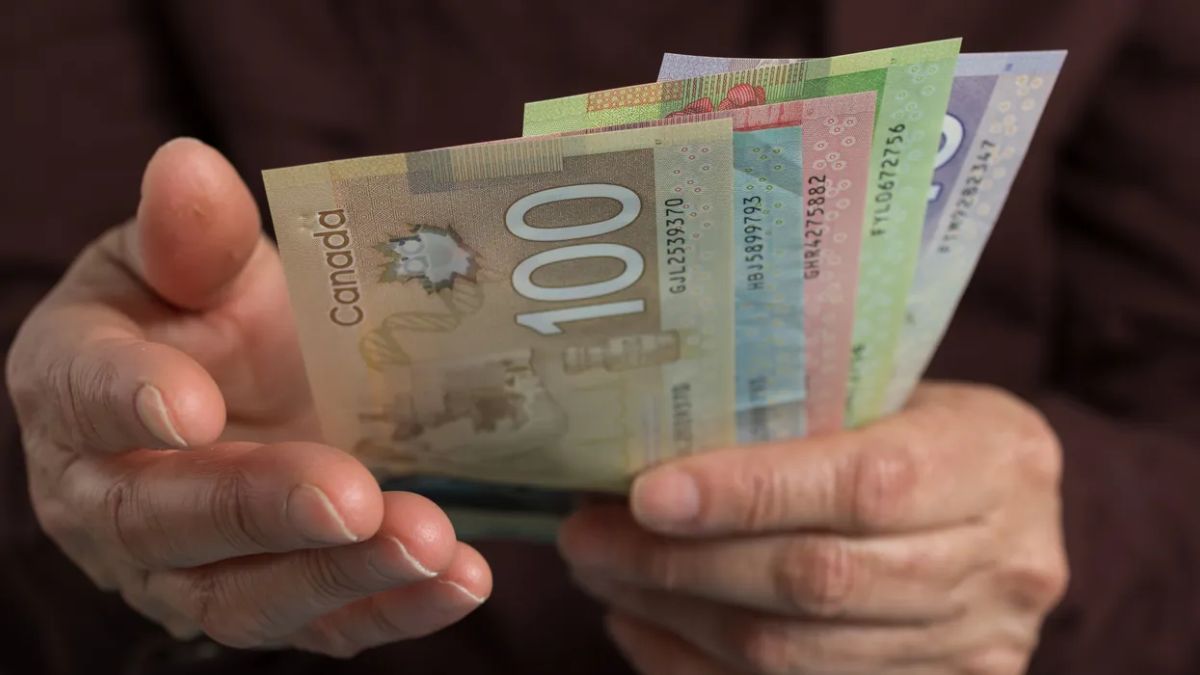
Over the past few years, Canadians have experienced sharp increases in the cost of food, rent, fuel, and travel, while incomes have largely remained stagnant. For many households, it has become increasingly difficult to meet basic expenses and maintain a stable budget.
Recognizing these challenges, the CRA’s $3,900 one-time payment has been designed to offer immediate relief. The payment is meant to offset the impact of soaring costs, particularly for those who rely on government assistance programs or live on limited earnings.
By providing this direct financial aid, the government aims to give citizens breathing space — allowing them to cover essential costs such as groceries, utilities, medical expenses, and housing payments without falling further into debt.
Overview of the $3,900 One-Time Payment
Here’s a snapshot of what the CRA has confirmed about the new benefit:
| Category | Details |
|---|---|
| Organization | Canada Revenue Agency (CRA) |
| Program Name | CRA One-Time Payment 2025 |
| Country | Canada |
| Payment Amount | $3,900 (tax-free, one-time) |
| Payment Dates | December 2025 – January 2026 |
| Payment Method | Direct deposit or mailed cheque |
| Application Required | No – automatic eligibility |
| Official Website | https://www.canada.ca |
This payment will not be part of a recurring benefit series; rather, it is a single, lump-sum disbursement distributed through the CRA to qualifying individuals.
CRA $3,900 Payment Details and Purpose
The CRA $3,900 one-time payment is a tax-free lump-sum benefit, which means recipients will receive the full amount without any deductions and do not need to report it as income on their tax return.
Unlike other benefits that are distributed monthly or quarterly, this payment will be made once per eligible household or individual to offer immediate and meaningful financial assistance.
Its main goal is to:
- Support low- and middle-income Canadians facing inflation-driven price hikes.
- Strengthen household stability by helping with essentials like food, rent, and heating.
- Inject direct cash support into the economy to stimulate spending and growth.
This initiative builds upon the government’s previous relief measures, such as the GST/HST rebate, Canada Child Benefit (CCB) increases, and Canada Workers Benefit enhancements, creating a more robust social safety net during challenging economic times.
Who Is Eligible for the $3,900 CRA Payment
Eligibility is one of the most important aspects of the CRA program. To qualify for the $3,900 one-time payment, applicants must meet the following criteria:
- Be a Canadian citizen or permanent resident with a valid Social Insurance Number (SIN).
- Have filed an income tax return for the most recent tax year (2024).
- Have a low or moderate annual income, as defined by CRA guidelines.
- Be a recipient of one or more federal benefits, such as:
- Canada Child Benefit (CCB)
- GST/HST Credit
- Old Age Security (OAS)
- Guaranteed Income Supplement (GIS)
- Employment Insurance (EI) or disability support.
The CRA will automatically review tax records and benefit data to determine eligibility, ensuring that no formal application is required for most people. However, individuals who haven’t filed taxes should file immediately to avoid being left out.
Payment Timeline: When Canadians Will Receive $3,900
According to the CRA, payments will begin in December 2025 and continue through January 2026. Most eligible individuals can expect their money before the end of January 2026.
Direct deposit recipients will receive the payment faster, while mailed cheques may take several additional weeks to arrive, depending on postal delivery times.
The payment description on your bank statement will typically read “Canada Fed” or “CRA Deposit.”
For those who don’t receive the payment by January 31, 2026, CRA recommends contacting their support line or checking their MyCRA online account for updates.
How to Receive the $3,900 CRA Payment
Most Canadians will not need to take any action to receive the payment. The CRA will use information from your most recent tax return to determine eligibility and issue the funds automatically.
However, to ensure smooth processing:
- File your 2024 income tax return as soon as possible.
- Enroll in CRA direct deposit to receive your funds quickly and securely.
- Update your information — including your address, marital status, or bank account details — on the CRA website.
- Monitor your MyCRA account for updates and payment notifications.
Canadians not using direct deposit will receive a paper cheque, though this can delay receipt by several weeks.
What If Your Payment Is Delayed?
If your $3,900 CRA payment doesn’t arrive by the end of January 2026, here’s what you should do:
- Confirm eligibility – Ensure you meet all CRA criteria.
- Check your bank details – Make sure direct deposit information is correct.
- Look for mailed cheques – Postal delays can occur during winter months.
- Contact the CRA – Use the helpline or secure online message portal for assistance.
It’s also advisable to keep all correspondence from CRA and verify any updates through official government channels only, to avoid scams.
Why This Payment Matters for Canadians
The $3,900 CRA one-time payment arrives at a time when many Canadians are facing unprecedented financial stress. Inflation has eroded purchasing power, and household budgets are tightening across the country.
For families, seniors, and individuals with disabilities, this payment offers a temporary cushion against rising expenses. It is expected to:
- Reduce household debt levels.
- Improve affordability for essential needs.
- Boost local economies by supporting consumer spending.
Ultimately, the initiative reflects the government’s recognition that immediate, direct support is essential to maintaining economic stability and protecting citizens during periods of economic strain.
Economic and Social Impact
Experts suggest that the $3,900 payment could have a significant multiplier effect on the economy. Because lower-income households are more likely to spend the funds quickly on essentials, the measure will likely help stimulate demand in local markets, particularly for groceries, transportation, and home energy.
Socially, the payment may also help reduce financial anxiety and prevent hardship among vulnerable groups, including:
- Seniors relying solely on pension income.
- Single parents managing high childcare costs.
- Renters dealing with soaring housing prices.
This short-term relief could, therefore, play an essential role in safeguarding well-being while broader economic reforms and affordability measures are rolled out.
Common Questions About the CRA $3,900 One-Time Payment
Q1. Who will receive the $3,900 CRA payment?
All eligible Canadian citizens or permanent residents with low to moderate incomes, who have filed their tax returns and receive federal benefits such as CCB, OAS, or GST/HST Credit, will qualify automatically.
Q2. Do I need to apply for the payment?
No. The CRA will automatically issue payments to eligible recipients based on their tax information. However, you must ensure that your tax filings and personal details are up to date.
Q3. When will the payments be made?
Payments will be distributed from December 2025 through January 2026, depending on your payment method (direct deposit or cheque).
Q4. Is the $3,900 payment taxable?
No. The $3,900 one-time payment is completely tax-free and does not need to be reported as income on your tax return.
Q5. What should I do if I don’t receive the payment?
Check your eligibility, confirm your banking details, and contact the CRA after January 31, 2026, if the payment has not arrived.

